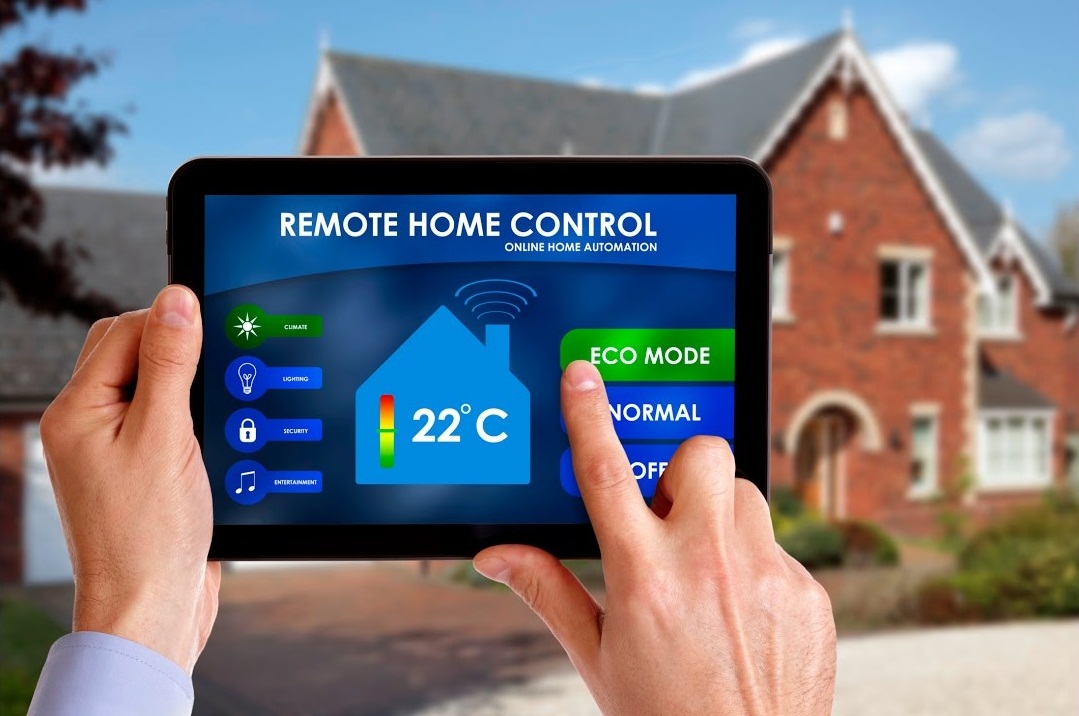5 WordPress Security Tips You Need to Remember to Keep Your Website Secure
WordPress is a popular CMS platform that caters to many different websites through its extensive selection of themes and plugins. Yet, WordPress is still the most targeted CMS by hackers, thanks in part to its immense popularity.
How does this keep happening?
WordPress is doing their best to maintain a secure platform, but it’s up to website owners to make sure their websites stay safe. An online business needs to be locked and protected, just like a physical brick-and-mortar business does. The methods just differ. Both those new to WordPress and experienced webmasters need to prioritize cybersecurity. It’s good to review any security protocols that are in place and add new ones as threats develop. In fact, WordPress site vulnerabilities can be reduced a great deal if webmasters implement basic cybersecurity practices.
How Are WordPress Websites Compromised?
Knowing how a problem is created is half the battle. Website owners cannot start implementing security measures if they don’t know what the threats are.
Here are the top threats to WordPress sites right now:
- Cross-Site Scripting: A hacker sends malicious code to a user’s browser via a third-party script that’s usually benign, like a plugin. The browser doesn’t know that the script shouldn’t be trusted and executes it without question, infecting the website.
- Malware: There are various ways of injecting malware into a WordPress site’s files. Once it’s there, hackers can get access to sensitive data and spread the infection further.
- Brute Force Attacks: Hackers try different popular password and login details to try and gain access through the admin login. This is often successful because people tend to use simple login details like “admin” and “123456.”
- SQL Injections: WordPress databases are run on the MySQL database management system. Hackers can get access to a WordPress website’s database through an SQL injection.
But how do hackers gain access to a WordPress site? According to WPScan, the main routes are unsecured plugins, vulnerable themes, the hosting platform itself, and finally, weak login passwords.
5 Basic WordPress Security Tips That Everyone Should Follow
1 Find a Reliable Hosting Provider
Finding a host that puts security first is a vital step toward keeping a WordPress site secure. Look for a company that is optimized for WordPress and has a strong firewall in place. Stay away from shared hosting options, too. If one website on the server becomes infected, that infection can spread to other websites on the same server.
2 Only Use the Best Plugins Where Necessary
Dodgy plugins and themes are the leading cause of WordPress site hacks. Be very selective when installing a theme or plugin and only install necessary plugins. The more plugins there are, the bigger the risk. A plugin doesn’t have to be malware to be dangerous but can become compromised through a security flaw. Make sure that any installed plugins receive regular updates.
3 Stick to Secure Login Best Practices
Keep hackers from easily accessing a website by following these tips:
- Use complex and secure passwords. If they’re hard to remember, use a password manager.
- Only share login details with trusted people.
- Set up two-factor authentication. There are plenty of reputable WordPress plugins that can do this.
- Use a plugin like WP Limit Login Attempts to limit the number of times someone can try to log in. It can also ban that person’s IP address for a short time or forever.
4 Always Keep WordPress Up to Date
A whole 33% of WordPress websites were still two WordPress versions behind in 2018. New WordPress versions don’t just have better features; they’re more secure, too. Developers release updates with security patches to fix any bad code or security flaws that have been identified. Plugin and theme developers do the same. So, always update to the latest version of WordPress and apply plugin updates as they become available.
5 Keep Computers and Other Devices Safe
Hackers don’t just target the websites themselves; they target people’s networks and devices, too. Their original goal might not even have been to get access to a WP website, making it a “lucky” find instead. Webmasters should always make sure their devices are secure by applying the latest security software and tools. First and foremost, reliable antivirus and firewall programs are a must as the first layer of defense. More layers can be added on top of that to decrease the chance of an attacker getting through.
The best way to hide an IP is with a VPN because it protects any online activities from being intercepted by a hacker. This is a must for anyone who plans on accessing sensitive data through a public WiFi connection.
A Final Word
WordPress and its components do have security flaws, but most of these can be avoided. Website owners and webmasters need to be vigilant and stay one step ahead of hackers if they want to keep their sites safe. The only way to do this is by applying cybersecurity best practices. Even the most basic safety precautions can pay off in the long run.



















